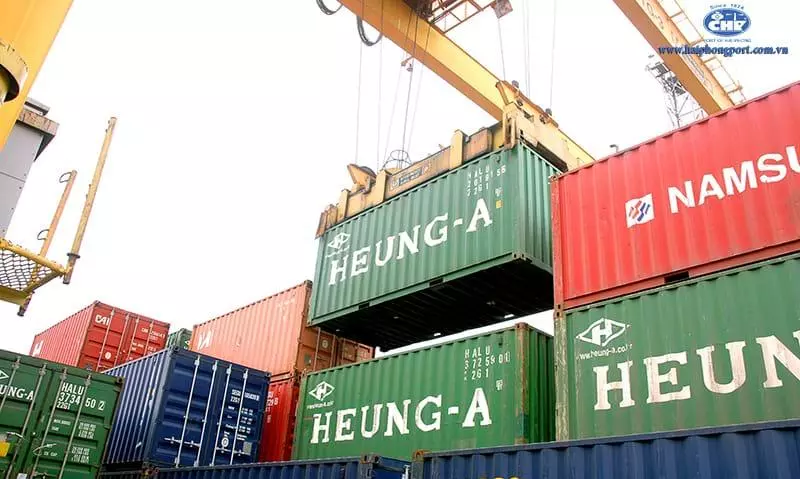Container xChange says action shifts to SE Asian ports
Demand for containers has been increasing in Vietnam, Malaysia and Singapore among other South-Asian countries.

As companies put in place the strategy of 'China Plus One,' demand for containers has been increasing in Vietnam, Malaysia and Singapore among other South-Asian countries, according to the latest update by Container xChange.
"The interesting trend from the month of August has been the 36 percent increase in the average container prices and 21 percent increase in the one-way leasing rates for the container in the Southeast Asian countries," even as China grapples with zero Covid policy and resulting lockdowns leading to drop in demand for containers amidst the busiest peak season shipping.
For 20DCs, the average trading prices in the South-east Asian region rose from $1,951 in July to $2,056 in August.
Average trading prices for ports in Southeast Asia increased from $2,300 in July to $3,133 in August, according to data from the xChange platform.
"Shanghai maintained a CAx score of above 0.58. In week 35, major ports in China such as Qingdao and Tianjin scored high on the container availability index (CAx). Qingdao had scores of above 0.8 while Tianjin maintained numbers above 0.7. These high scores indicate less demand for export containers than full imports at these ports and decreased container rental fees, and this trend is predicted to continue. In pre-covid times in 2019 week 35, Shanghai had a CAx score of 0.44, Qingdao was at 0.44, and Tianjin was at 0.52 indicating more containers left these ports than the ones entered."
Christian Roeloffs, co-founder and CEO, Container xChange, says: "The growth of containerised trade in South-east Asia indicates a favourable trade environment for shippers and exporters in the region. For global container shipping companies that are looking to diversify their cargo trade lanes from linear to more distributed (diversified) routes, countries like Malaysia, Vietnam, and Singapore are emerging as strong contenders, more so for a China plus one strategy in the long term."
The growing possibilities of adding more South-east Asia countries to the emerging trading routes will reduce the dependence of containerised trade on only one or two countries, therefore minimising the impact on global supply chains, he added.


